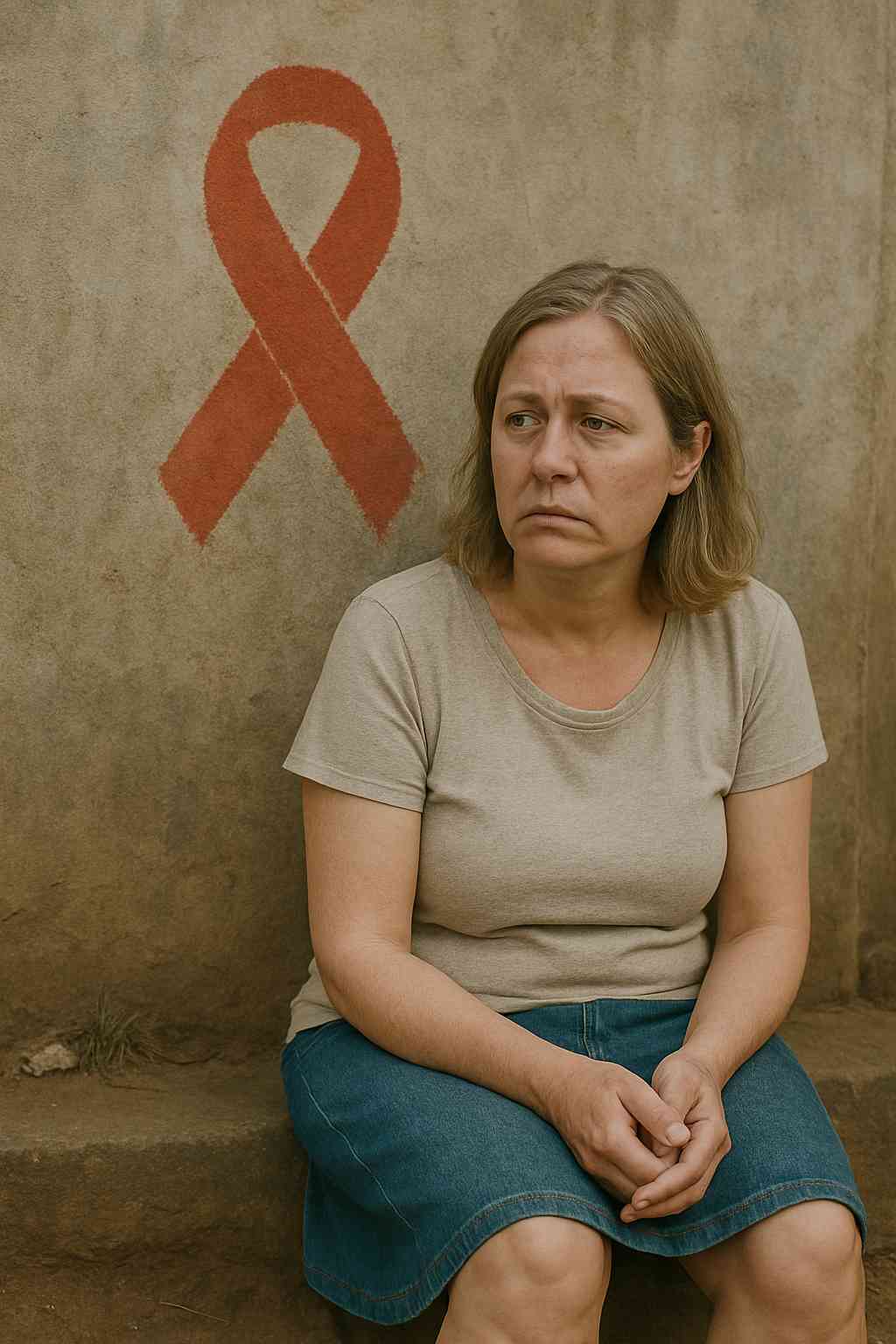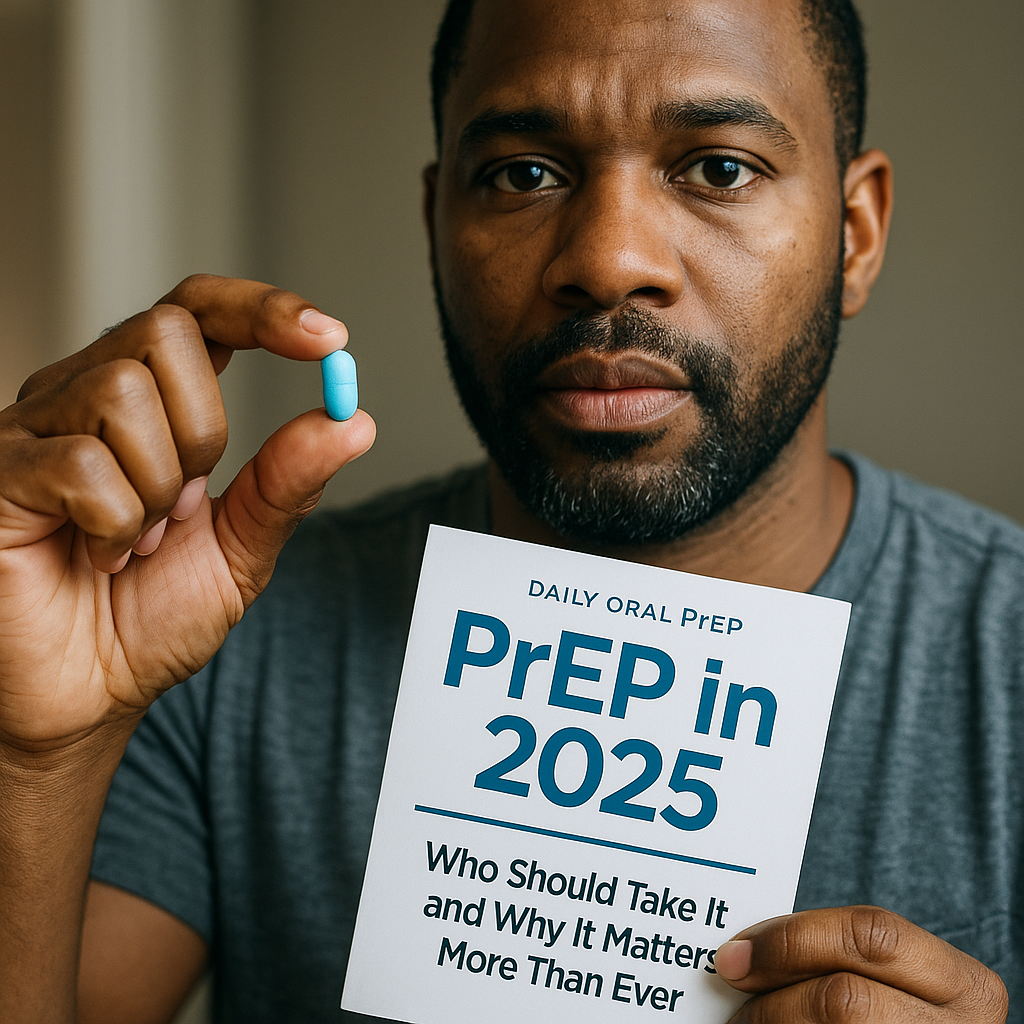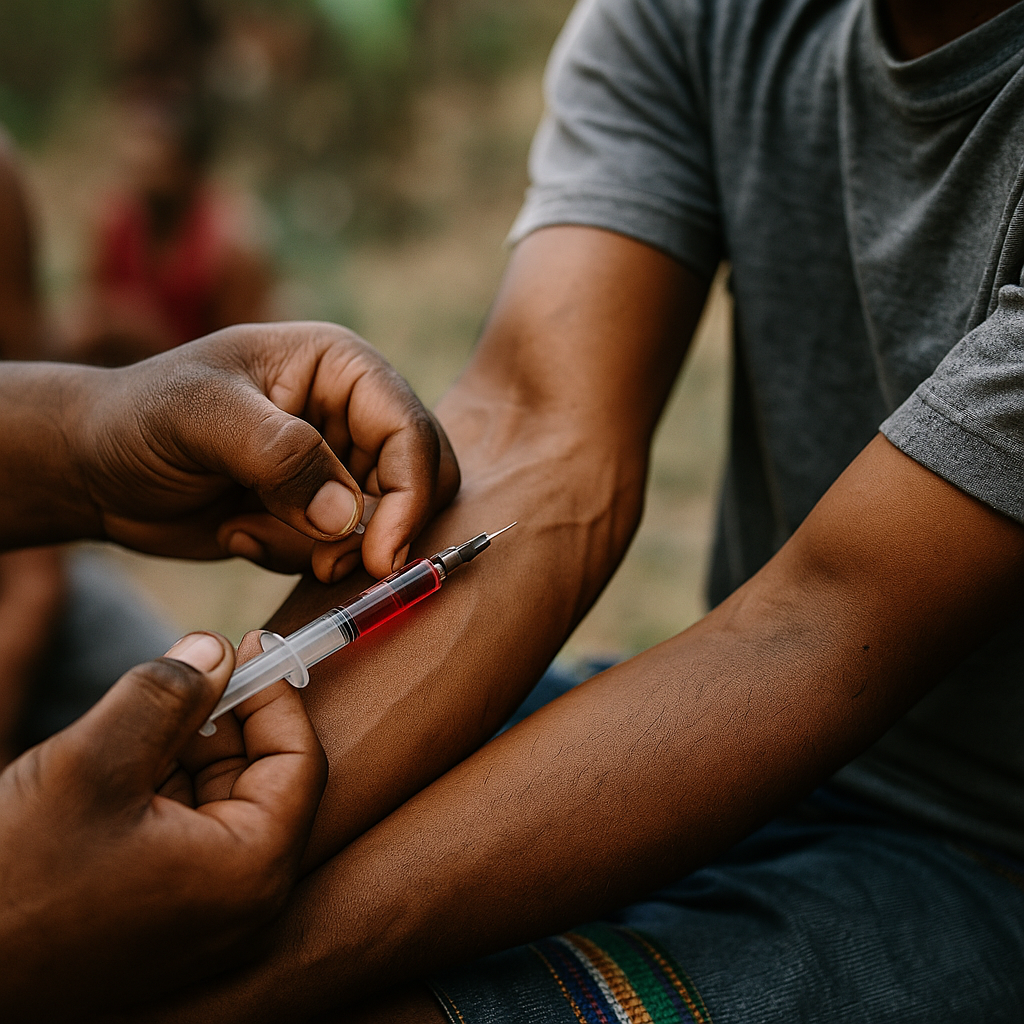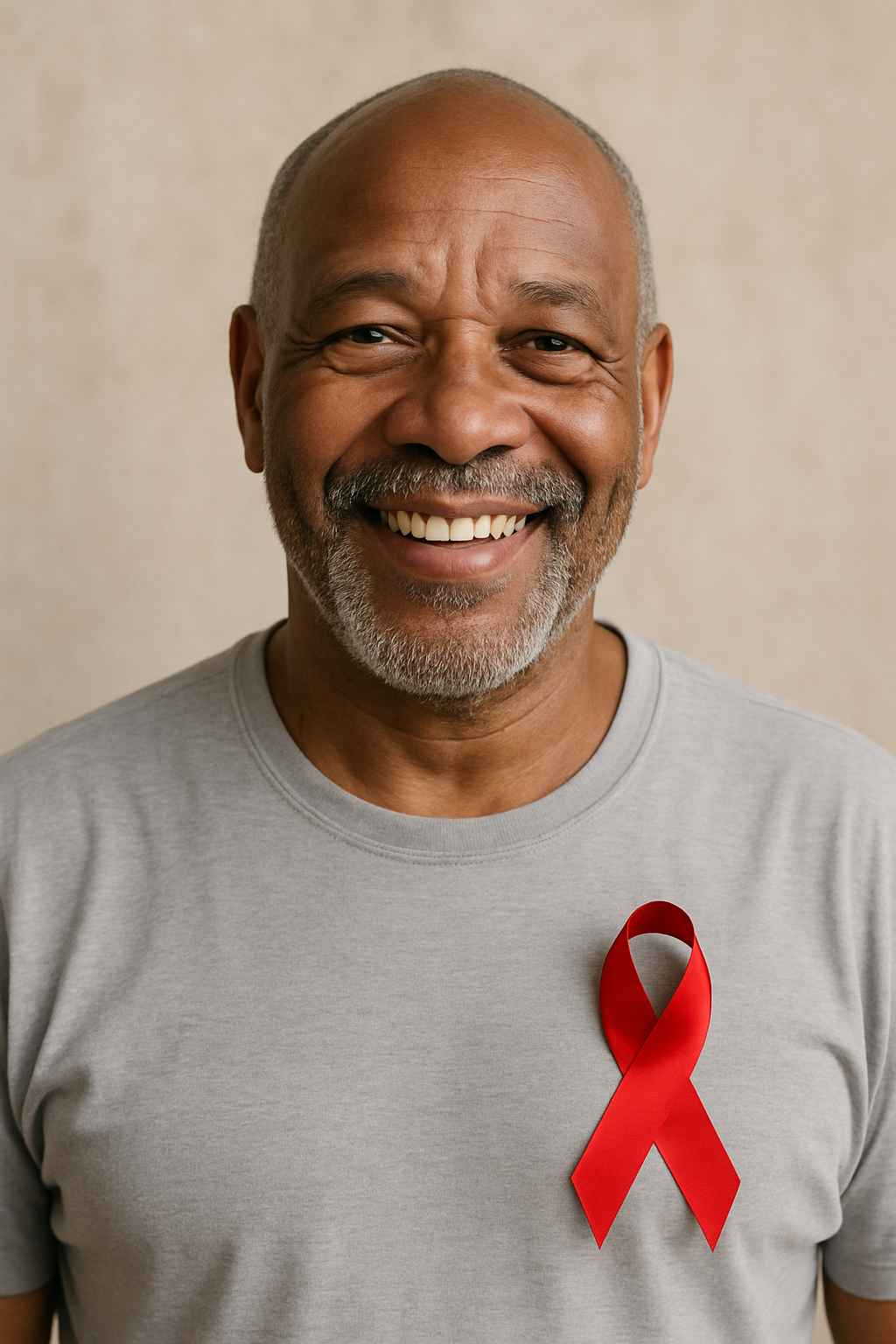In 2025, AIDS programs around the world are facing serious financial strain. Recent funding cuts are threatening the progress made in fighting HIV/AIDS over the past few decades. But what exactly is being cut, and who is most affected by these changes?
Table of Contents
- What Are the Recent AIDS Funding Cuts?
- Global and Local Program Impacts
- How Cuts Affect Prevention and Treatment
- Who Is Most at Risk?
- Conclusion
- FAQ
What Are the Recent AIDS Funding Cuts?
In the past year, several governments and global organizations have scaled back their contributions to HIV/AIDS initiatives. This includes reduced allocations to programs like PEPFAR (President’s Emergency Plan for AIDS Relief) and declines in international donor support.
Budget tightening has impacted everything from testing campaigns to education programs and even access to essential antiretroviral drugs in low-income countries.
Global and Local Program Impacts
In developing nations, where foreign aid supports much of the healthcare infrastructure, funding cuts are already causing clinic closures and medication shortages. In wealthier countries, the impact is often felt in reduced community outreach, fewer testing services, and staff layoffs.
Programs aimed at marginalized groups—such as LGBTQ+ communities, sex workers, and people who inject drugs—are often the first to lose resources, further exacerbating disparities.
How Cuts Affect Prevention and Treatment
Prevention efforts are one of the first areas to suffer. Without consistent outreach, education, and access to prevention tools like condoms and PrEP, transmission rates are likely to rise. Treatment programs are also under pressure, with fewer resources for long-term patient monitoring, lab work, and viral load suppression.
Inconsistent treatment puts lives at risk and increases the chances of HIV spreading within communities.
Who Is Most at Risk?
The hardest-hit populations are those already facing barriers to care. These include:
- Low-income individuals
- Rural communities
- Immigrants and refugees
- LGBTQ+ populations
- Young people in high-incidence regions
Without sustained funding, many of these individuals lose access to life-saving services.
Conclusion
AIDS funding cuts in 2025 are putting decades of progress at risk. The global community must act quickly to restore and protect essential resources. Supporting local organizations, advocating for policy change, and staying informed can help bridge the gap.
FAQ
Why are AIDS programs being cut in 2025?
Funding has been reduced due to shifting political priorities and economic pressures on international donors.
How do funding cuts affect HIV treatment?
They reduce access to testing, medication, and follow-up care, increasing the risk of virus transmission and mortality.
Are prevention programs also affected?
Yes. Cuts often target outreach and prevention first, affecting services like PrEP, condom distribution, and education.
What can individuals do to help?
Support local HIV organizations, donate to global health initiatives, and advocate for government funding of AIDS programs.
Where can I learn more or take action?
Visit sites like AVERT.org or Healthcare.pro for information and resources.
This content is not medical advice. For any health issues, always consult a healthcare professional. In an emergency, call 911 or your local emergency services.




